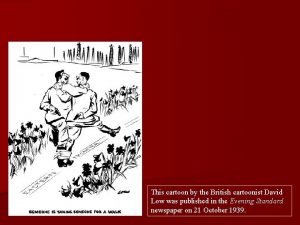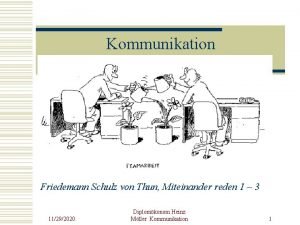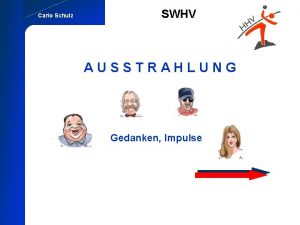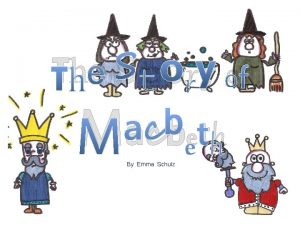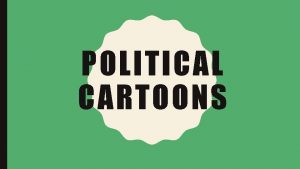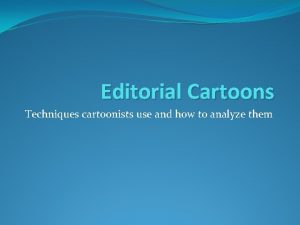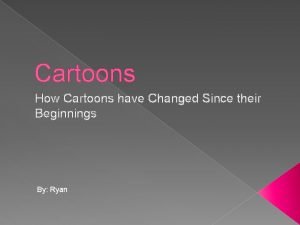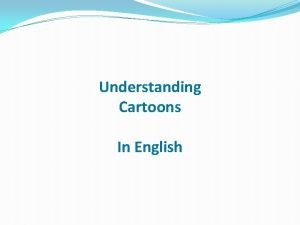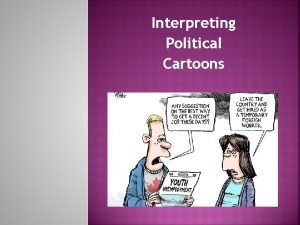Cartoons 1 1 WellKnown Cartoonists Charles M Schulz















- Slides: 15

Cartoons 1

1. Well-Known Cartoonists Charles M. Schulz (USA) Known for the comic strip Peanuts 2

Dr. Seuss (USA) Writer and illustrator best known for authoring popular children’s books. 3

Matt Groening (USA) Creator of the comic strip Life in Hell and the TV series The Simpsons and Futurama 4

Herge (Belgium) Best known for the adventures of Tintin, one of the most popular European comics of the 20 th century. 5

2. Visual and Verbal Features of Cartoons Use of symbols - Animals that indicate ideas and feelings - Objects - Signs - Logos 6

Which is the associated idea of this symbol? 7

COLOURS - Associated with ideas and feelings Look at the following picture: What ideas does the cartoonist want to convey to the viewers? Choose some of the colours used in the cartoon and write the ideas and feelings associated with the colours as they are used in this cartoon. 8

9

CARICATURE - Visual presentation of a person (or a group) in which some distinctive physical feature is deliberately exaggerated or overemphasized Look at the following graphics: Can you identify the type of person they represent? What features have been highlighted by the cartoonist? (Think about physical characteristics, clothing and equipment, body language, setting. ) 10

11

• STEREOTYPES Quick, superficial image of a group of people which is usually based on false or incomplete information. Look carefully at the following image: Think about the stereotypical presentation of people in them, then write your ideas next to the images. 12

13

Jennifer Haines: “The benefits of using comics in the classroom are certainly great, both in increasing literacy and in addressing the educational needs of differentiated learners. ” 14

Cartoons Theodora Simintzi, Greece This project has been funded with support from the European Commission. This communication reflects the views only of the author, and the Commission cannot be held responsible for any use which may be made of the information contained therein. 15
 Cartoon by david low 1933
Cartoon by david low 1933 Model komunikacije
Model komunikacije Una notte di giugno caddi pirandello
Una notte di giugno caddi pirandello Injectienaaldtheorie
Injectienaaldtheorie Yogi distribution
Yogi distribution Valerie schulz
Valerie schulz Einseitige empfangsgewohnheiten schulz von thun
Einseitige empfangsgewohnheiten schulz von thun Carlo schulz
Carlo schulz Schulz sozien
Schulz sozien Monte schulz
Monte schulz Yogi schulz
Yogi schulz Wolfgang schulz döbling
Wolfgang schulz döbling Emma schulz
Emma schulz Ich-botschaften kommunikation
Ich-botschaften kommunikation Kelly m schulz
Kelly m schulz Escuela nacional preparatoria 8
Escuela nacional preparatoria 8
